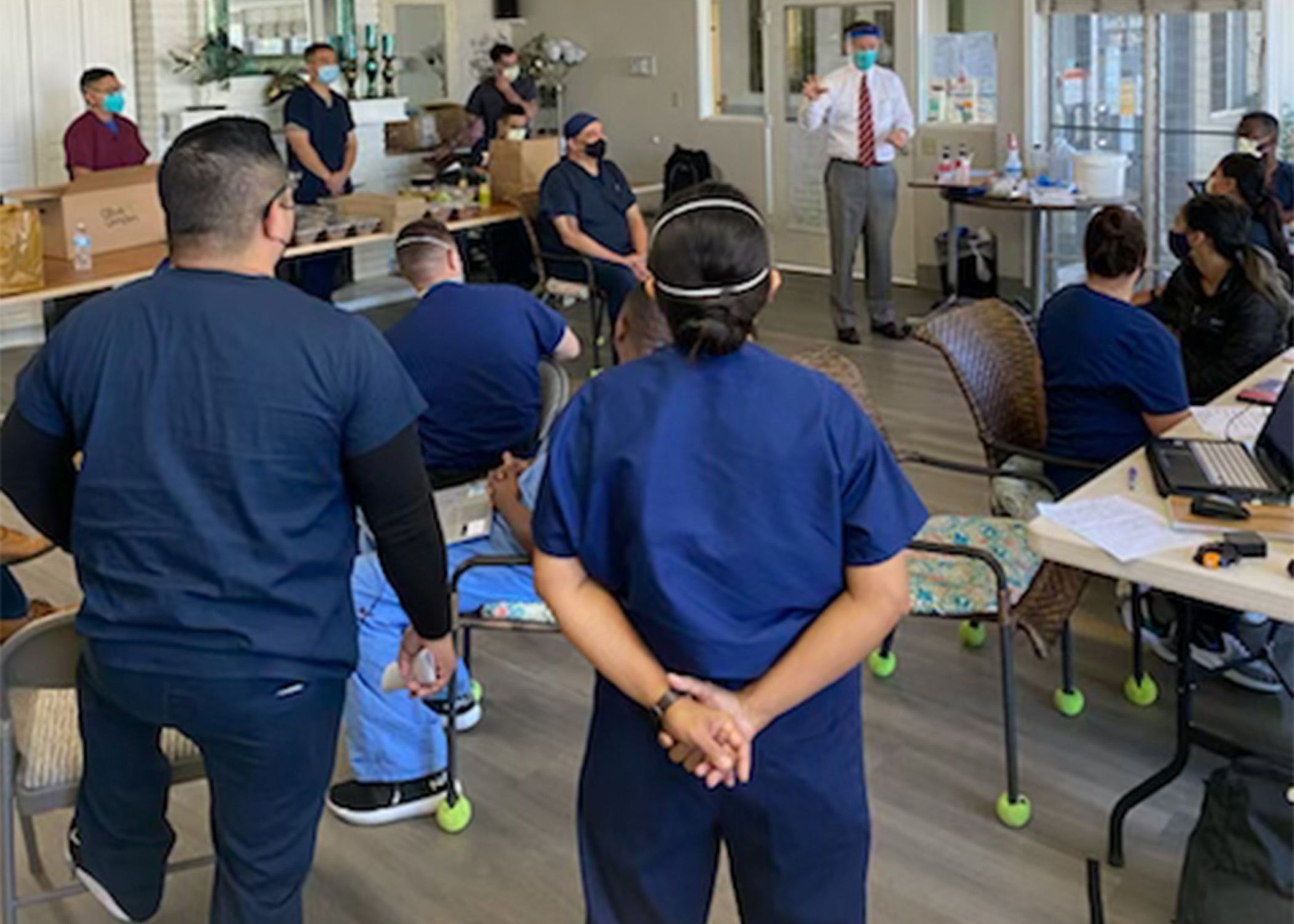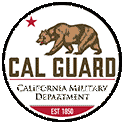Medical teams rally for nursing homes
Cal Guard medical personnel respond
to stricken nursing homes as virus surges

by Staff Sgt. Eddie Siguenza
California National Guard Public Affairs
December 9, 2020
SACRAMENTO, Calif. — Once more, the state of California is sounding the alarm: Coronavirus cases are intensifying again, therefore the California National Guard has increased its responsibilities.
Cal Guard Regional Medical Strike Teams (RMST) are in operation at hospitals and local medical facilities throughout the state, assisting with COVID-19 stricken patients as well as those with other ailments while California deals with another coronavirus spike. Two RMSTs consisting of Army, Air and State Guard personnel successfully assisted the Santa Maria Post Acute Center last month, saving the nursing home from possibly shutting down due to the pandemic.
“This mission was very important because at least twice during the whole support of the National Guard, the facility was prevented from being depopulated and closed down,” said U.S. Air Force Lt. Col. Maria Mangosing Ignacio, chief nurse executive, 163rd Medical Operations Squadron. “To leave the facility COVID-free is a huge success not only for the facility staff and administrator but for the National Guard strike team members who supported this mission.”
Nearly two dozen Cal Guardsmen such as nurse practitioners, medics, registered nurses and administrators were assigned to the Santa Maria, California, convalescent home and were hands-on with patients. Ignacio credited every team member for promptly responding to the call to duty, as well as performing professionally throughout the mission duration.
“I witnessed the compassion, kindness, politeness, empathy, and caring attitudes of the service members to the residents, family members, facility staff, and among the team members themselves,” added Ignacio. “This mission is definitely one of our most challenging and demanding missions that the team has faced so far but it is a worthy experience for all of us.”
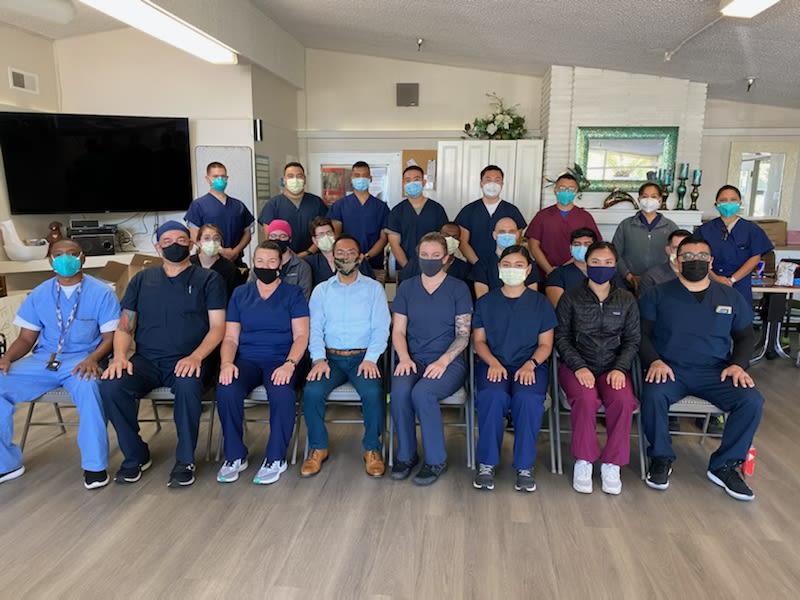
Two Cal Guard Regional Medical Strike Teams consisting of Army, Air and State Guard personnel were instrumental in keeping a nursing home operational after responding to a call for COVID-19 assistance in Santa Maria, California.
Two Cal Guard Regional Medical Strike Teams consisting of Army, Air and State Guard personnel were instrumental in keeping a nursing home operational after responding to a call for COVID-19 assistance in Santa Maria, California.

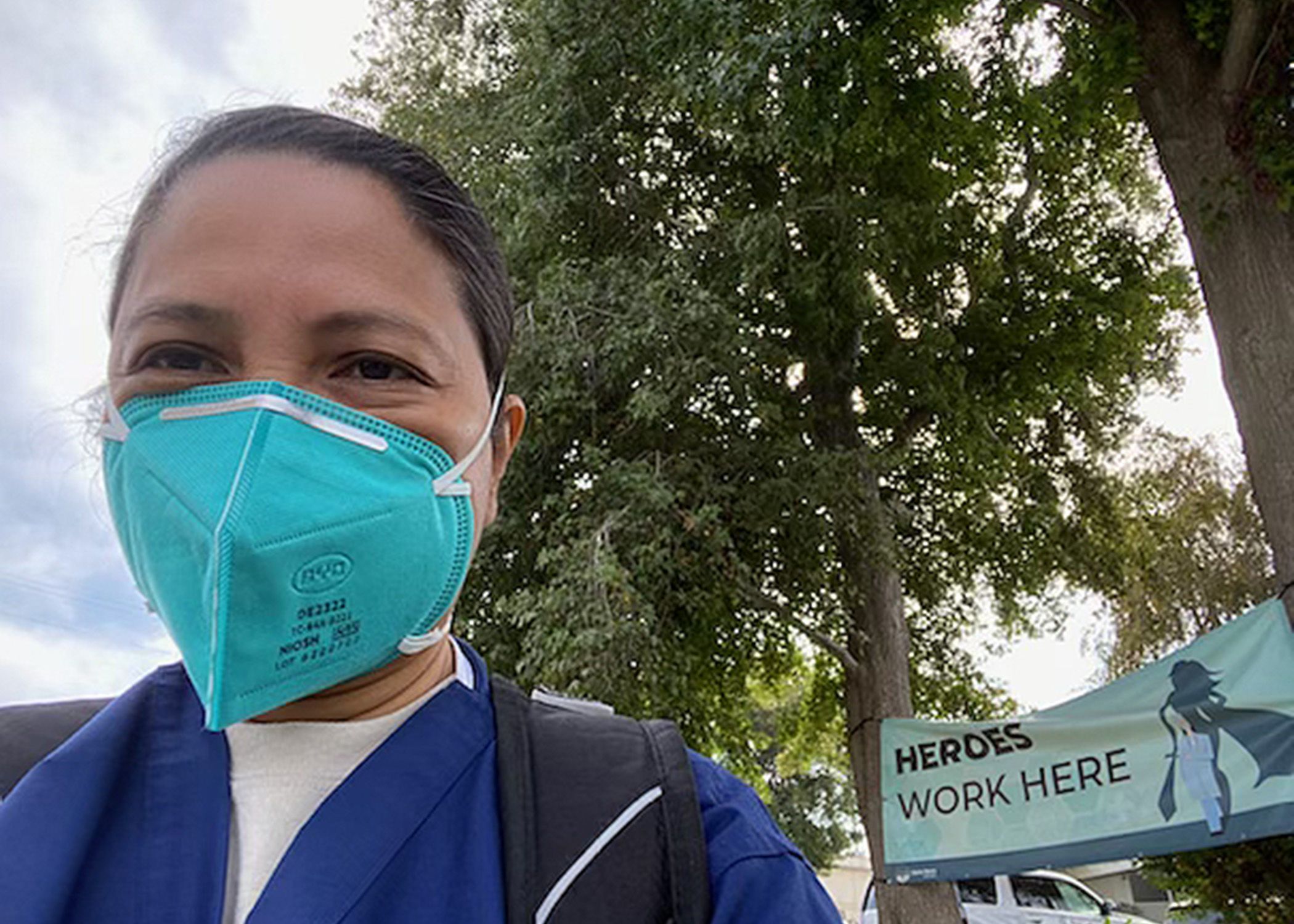

Since October, COVID-19 case rates have increased by approximately 50 percent in California, according to the California Department of Public Health (CDPH). As a result, Governor Gavin Newsom and California’s public health officials announced a list of measures to protect Californians and the state’s health care system, which could experience an unprecedented surge if cases continue their steep climb.
“The virus is spreading at a pace we haven’t seen since the start of this pandemic and the next several days and weeks will be critical to stop the surge. We are sounding the alarm,” said Newsom. “It is crucial that we act to decrease transmission and slow hospitalizations before the death count surges. We’ve done it before and we must do it again.”
“As case numbers continue to rise in California, the total number of individuals who will have serious outcomes will also increase,” states the CDPH. “There have been (nearly 20,000) COVID-19 deaths (in California) since the start of the pandemic.”
The Santa Maria center was one of Cal Guard’s initial RMST responses. More RMSTs are assigned to facilities throughout the state.
“If we did not get sent to help, that facility would have had to shut down and the residents would have been transferred to another facility which could possibly infect many others,” said Sgt. Ryan Finn, noncommissioned officer in charge of RMST One. “This showed me the dedication healthcare workers have to their patients. Even when a staff member became sick, they still wanted to come in to help their fellow healthcare workers and patients. And the facility administrator took on multiple roles that he didn’t have very much experience in, yet he didn’t give up or just walk out.”
“A huge responsibility that was asked of the Guard is to assist in the successful transitioning care processes from COVID-19 positive to COVID-19 negative status of residents,” said Ignacio, crediting Finn and Tech. Sgt. Jeremy Caudillo. “Under the expertise of the NCOICs, the two teams came together to facilitate the patient movement.”
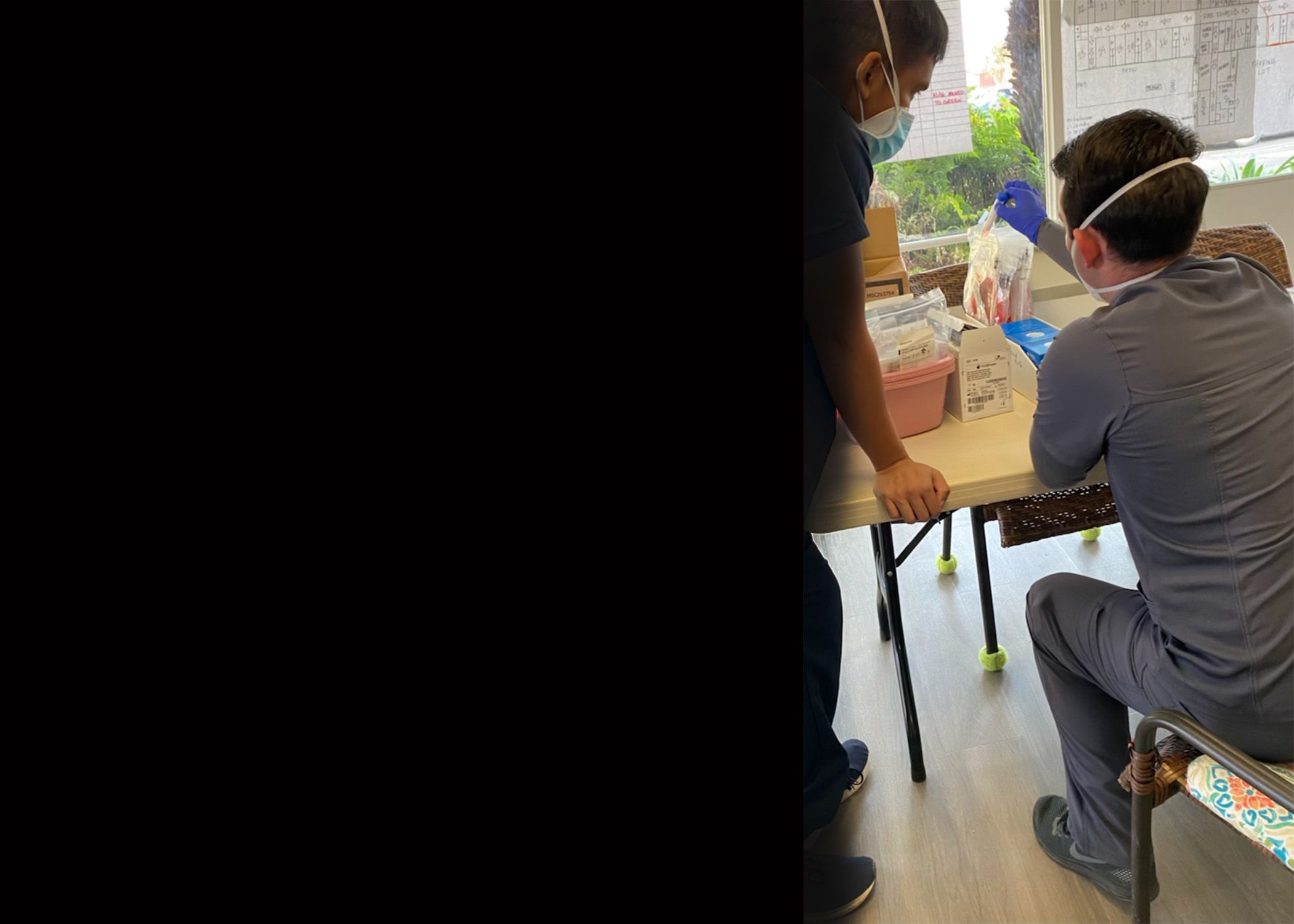
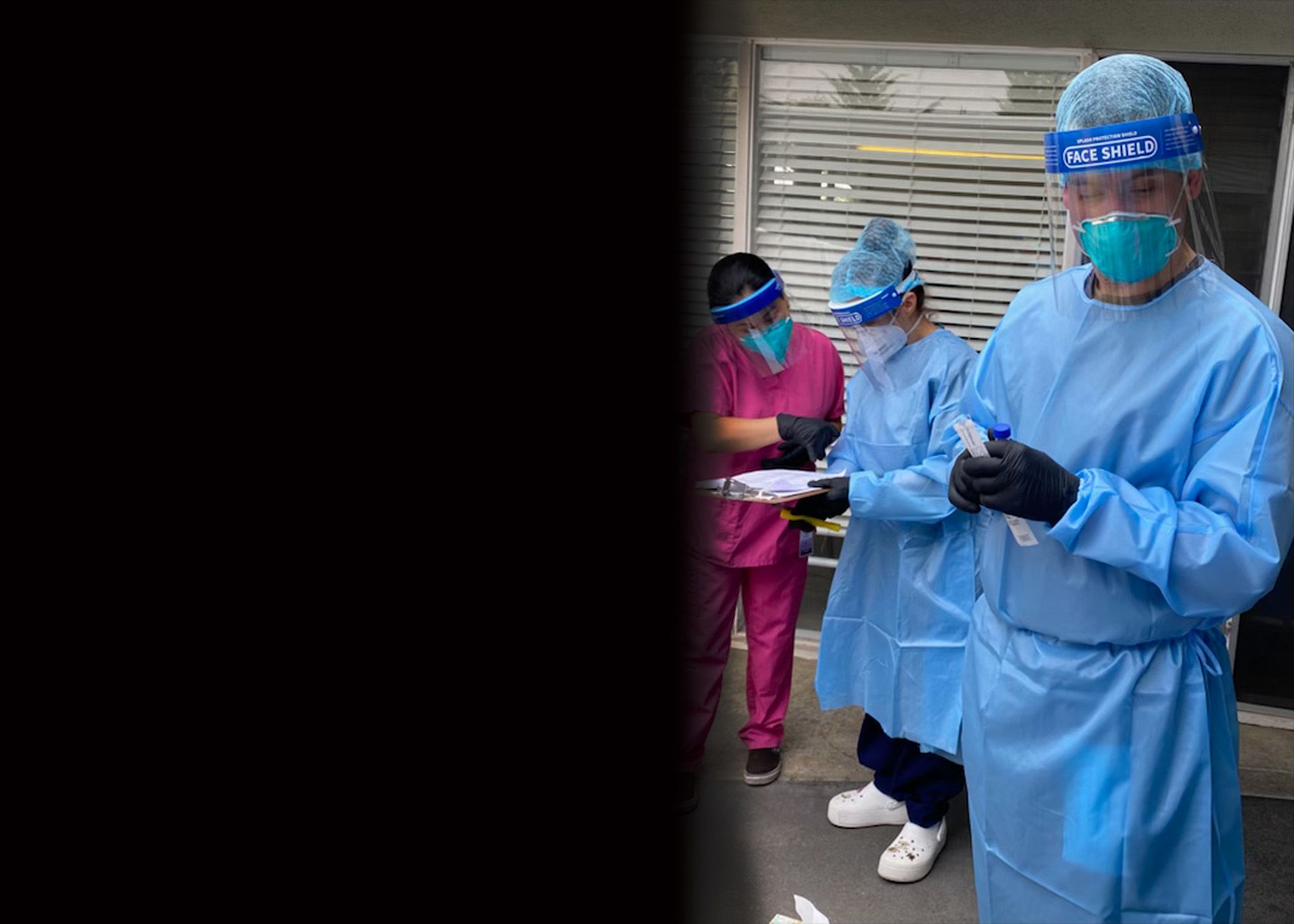
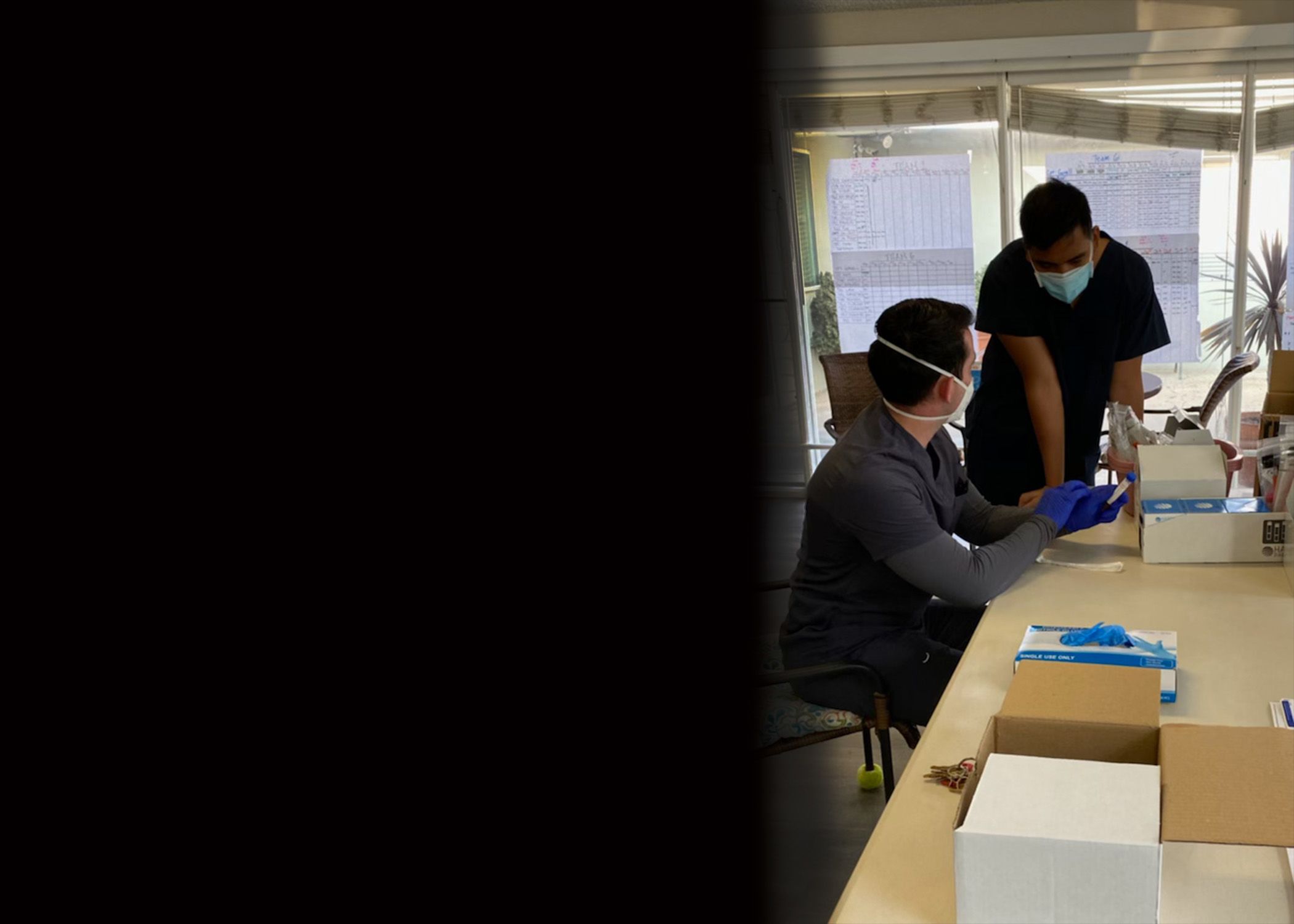
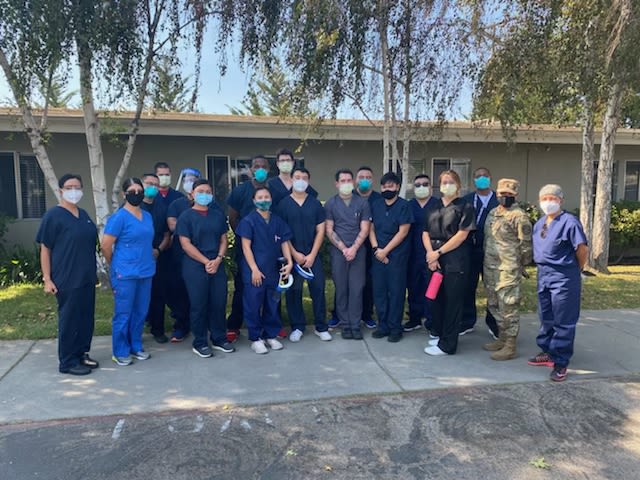
The teams helped with certain challenges facing the small-staffed nursing center. RMST medics assessed facility needs and triaged sick patients, diagnosing those who needed more intensive care to the hospital, and stabilizing those who didn’t. The strike teams amplified the skilled nursing facility’s’ ability to provide care like a fluid IV or extra oxygen. Ignacio said that could free up space in hospitals for patients who can’t receive that care in their own residences.
Ignacio broke down the teams' responsibilities, stating registered nurses provided nursing assessments, medication passes, carried out medical orders, and facilitated hospital transfers of deteriorating patients.
She added, “the EMTs (combat medics) provided nursing care that included vital signs, blood sugar checks, feeding, position changes, cleaning, bathing, and assisting in med passes, while administrators assisted the OIC and NCOIC with tasks such as reporting accurate team movements, situational reports and performing other logistics processes.”
California has nearly 1,250,00 confirmed COVID-19 cases as of early December, according to the CDPH. Nearly 750,000 cases involve people in the 18-49 age range.
Per the governor’s office, since the start of the pandemic in March through the end of October, the Department of Social Services estimates 2,030 family child care homes and 390 child care centers have closed permanently, making it harder for families to work and care for their children. This reflects the need for support in hospitals and care facilities, and Cal Guard’s immediate RMST responses.
Newsom placed multiple California counties in the strict Tier 4 category, and in early December implemented the Regional Stay-At-Home Order to help flatten the curve and stop the coronavirus spread.
“We are at a tipping point in our fight against the virus and we need to take decisive action now to prevent California’s hospital system from being overwhelmed in the coming weeks,” said Governor Newsom. “By invoking a Stay at Home Order for regions where ICU capacity falls below 15 percent, we can flatten the curve as we’ve done before and reduce stress on our health care system. I’m clear-eyed that this is hard on all of us — especially our small businesses who are struggling to get by. That’s why we leaned in to help our small business owners with new grants and tax relief to help us get through this month. If we stay home as much as possible, and wear masks when we have to go to the doctor, shop for groceries or go for a hike, California can come out of this in a way that saves lives and puts us on a path toward economic recovery.”

Mary Health of the Sick Convalescent Hospital Catholic nurses from Thousand Oaks, California assisted Cal Guard medical teams at the Santa Maria nursing home. In addition to nursing duties, the nuns were appreciated by both patients and staff for their hymns.
Mary Health of the Sick Convalescent Hospital Catholic nurses from Thousand Oaks, California assisted Cal Guard medical teams at the Santa Maria nursing home. In addition to nursing duties, the nuns were appreciated by both patients and staff for their hymns.
